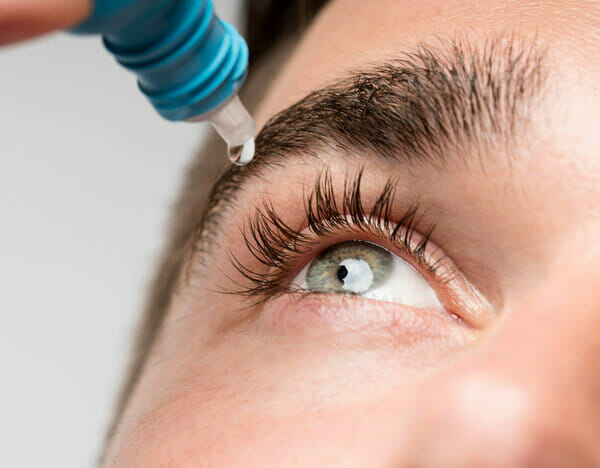Restasis vs. Xiidra: What is the Difference?
Both Restasis and Xiidra are eye drop medications meant to be used daily to keep dry eyes lubricated.
Restasis, manufactured by Allergan and also known by its generic name, cyclosporine, was approved by the FDA in 1983. It works by regulating the inflammatory processes in the eyes which can impact tear production and lead to dry eye.
It is recommended to use Restasis twice daily, or every 12 hours. It can take up to 3 months to experience relief from symptoms with Restasis, and in some cases it can take as long as 6 months.
Xiidra, also known by its generic name, lifitegrast, is manufactured by Shire and was approved by the FDA in 2016. It is classified as a different type of medication known as lymphocyte function-associated antigen 1 (LFA-1) antagonists. While it is not known exactly how it works, it is believed to decrease inflammation and increase tear production through the blocking of a protein called LFA-1 from interacting with another protein in the eyes called ICAM-1.
Xiidra is also to be used twice daily (12 hours apart), and has been found to help relieve dry eye symptoms within two weeks. However, it can take as many as six to 12 weeks for some patients to experience complete relief from symptoms.
Learn more about the effectiveness, cost & safety of Xiidra and Restasis here.





















